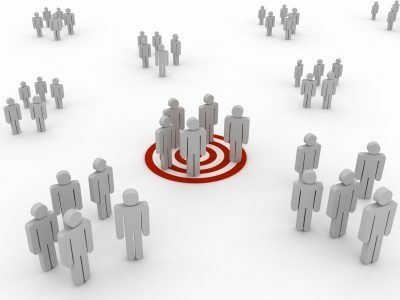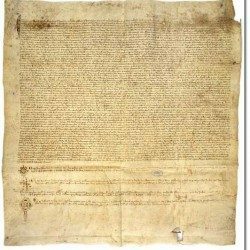Scientific Methodology Example
Science / / July 04, 2021
It has been called scientific methodology, to the accumulation of techniques, activities, tools and processes that are used to generate scientific theories.
Scientific methodology is different in each science, so a social science has different principles and methods than a medical science.
The concept of scientific methodology was created by Thomas Samuel Kuhn in 1971, who made it clear that each science had a specific method for carrying out its conclusions, moving away of the traditional scientific method, thus highlighting that each science has a specific method that helps you to know or deny theories.
Thus, in conclusion, scientific methodology is a specific procedure for each branch of study, which allows students to researchers achieve results that can be verified by a particular scientific method of each discipline of study.
Examples of scientific methodology:
1.- Example of basic netology of science:
The basic methodology of science consists of simple parameters that can increase or decrease depending on the science to which it is applied.
This methodology consists of general parameters such as the following:
a) The subject.- This is essential, because without it there is nothing to study.
b) Observation.- This is the recognition of the chosen object.
c) Data collection.- This is the information gathering and this is presented in all investigations.
d) Experimentation.- This is another method that may vary depending on the branch of science.
e) Conclusions.- This is the logical end that is obtained at the end of the methodological process.
2.- Example of Statistical Methodology:
Statistics uses a method that is the provision of the following parameters:
a) Statement of the problem:
It can be anything, like transportation, food, weather, hurricanes, elections, an epidemic etc.
b) Establish the object of study:
Why is it being studied and what is being studied, here we will assume that it is the seasonal flu epidemic.
c) Define the objectives and hypotheses:
The objective or objectives and hypotheses, serve to know what would happen or is happening with the subject or what it is that you want to know specifically about the subject.
d) Specify the size and type of sampling:
This is the amount and type of information that is expected to be collected, knowing how much will be collected and in what sense.
f) Collect data:
This is the proper action of gathering data, which can be through surveys, records, photographs, etc.
g) Meet the ethical requirements when collecting data:
This is that it is true data, that it is not faked as it happens with political polls or with social surveys of controversial or unaccepted topics, where information can be falsified to obtain a result specific.
h) Debug the sample:
This consists of rectifying and cataloging the data obtained.
i) Descriptive analysis:
Explain the reason for the result of the data obtained, step by step, to obtain a logical conclusion consistent with statistical reality.
j) Generation of an explanatory model:
It is about obtaining a graph or graphs together with the basic conclusions that will explain the trend of said survey and its corresponding statistics.
k) Solve hypotheses:
This is coming to a firm conclusion on your chosen topic.
3.- Example of experimental scientific methodology:
The steps of the scientific methodology are almost identical to the conventional scientific method.
a) Observation:
This consists of looking beyond the first objective impression, trying to identify specific details about what we see, and on many occasions observing requires different processes because the eyes usually do not show us the reality of what it looks. In addition to that it can show us different facets or changes that it may have.
b) Approach and search for information about the problem:
We can say that the problem is what we want to investigate, and the search for information is what the problem can tell us, asking us what it is and the possibilities it presents us.
From the approach, the related information is sought and investigated, in addition to drawing theories.
c) The hypotheses and formulation of theories:
The formulation of theories and the creation of hypotheses, allow us to anticipate the explanation or obtain possible answers.
d) Experimentation:
At this moment is when modifications are made and the elements are manipulated, trying to know different consequences and effects.
To carry out the experimentation, you must first carry out a project to carry out the steps, projecting the manipulation of the object to be studied.
In this sense, a control group is created that will follow the steps that will be carried out by those who form the experimentation group, keeping a record of the results.
e) Data collection:
The control group is the one in charge of collecting data, having to collect both those that are considered qualitative or non-qualitative
The first "qualitative" are those that express what can be seen, since they are objective data, expressing size, color, textures, smells, etc.
Quantitative data are those that mark us quantities, measurements, weights, etc.
f) Data presentation:
The data is presented through reports, data, graphs and tables among others, allowing all the data to be clearly perceived.
g) Conclusion and analysis of the data:
With the data that is collected, a series of conjectures are made that lead us to the conclusion that explains us the data related to the subject we are dealing with, the final comparison is what leads us to the conclusion possible.


